Inside this Public Goods brand review, we’re going to break down their Shopify store, traffic, Shopify apps, marketing strategies, customer reviews, paid ads, revenue, and more.
Use all of this insight for free and utilize the knowledge in your own store.
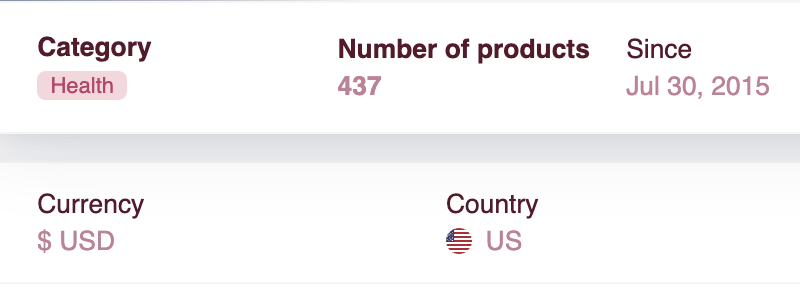
See how I study successful brands and extract million-dollar strategies in 24 hours
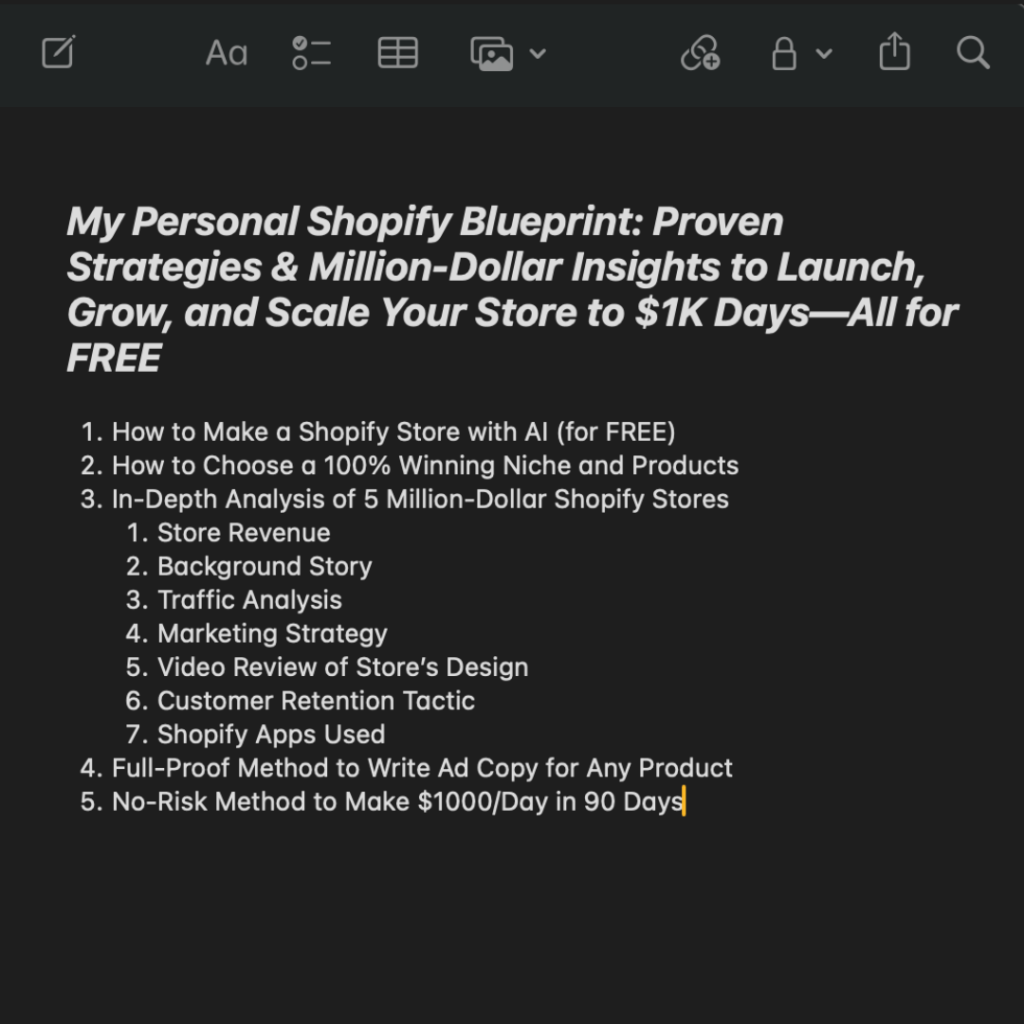
Store Products
Public Goods is a membership-based online retailer that offers a variety of personal care, household, and food products at wholesale prices. The company emphasizes sustainability and uses eco-friendly materials.
The brand also offers a membership program with exclusive benefits, such as discounts and free shipping.
Store’s Purpose
Public Goods was founded with the mission to make high-quality, sustainable products more affordable and accessible to everyone. They believe that everyone deserves access to healthy, ethical products, regardless of their income.
The company sources its products from ethical suppliers and uses sustainable materials whenever possible.
Founder’s Journey and Vision

Morgan Hirsh
Public Goods, founded by Morgan Hirsh with a focus on sustainable consumption, was established with a vision of making ethical consumption accessible to all.
By prioritizing sustainable sourcing, minimalist packaging, and fair pricing, Public Goods empowers consumers to make conscious choices that benefit both individuals and the planet. Public Goods has seen a leadership transition with Harley Butler, the new CEO.
He brings a wealth of experience from companies like Hairstory, Shipt, Flip Video, and Adobe Creative Cloud. Butler’s background in technology, marketing, and scaling businesses aligns with Public Goods’ mission of making sustainable living accessible and affordable. His appointment signals a continued commitment to innovation and growth within the company.
Shopify Apps
Upsell and Cross-Sell

Wishlists

SEO

Ads

Email Marketing
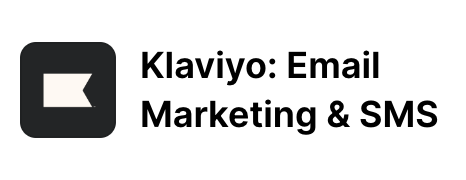
Traffic and Audience
Organic Traffic: 60.1K
Social Traffic: 7.9K
Paid Traffic: 8K
Direct Traffic: 66.5K

Traffic Location
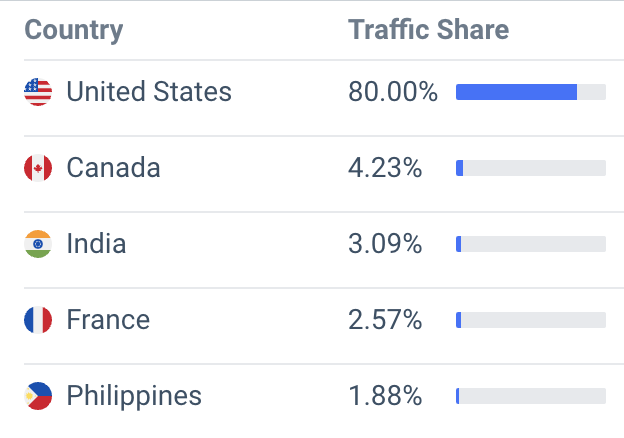
Public Goods Ads
Here are some of the ads that Public Goods is currently running.
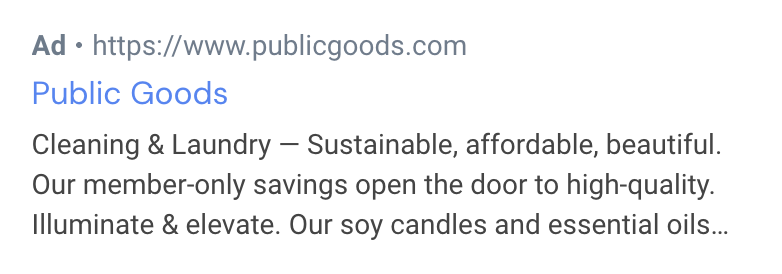
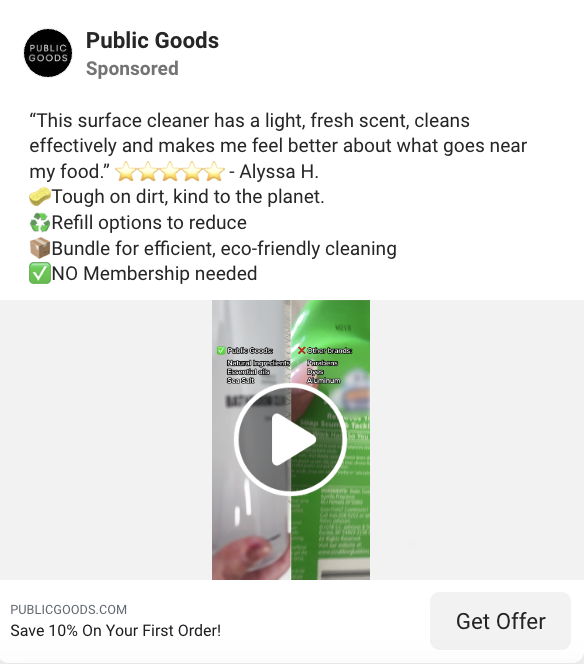

Marketing Strategy
From everything we’ve seen, Public Goods utilizes several marketing strategies:
SEO
• Branded vs. Non-Branded Search Terms:
Branded search constitutes 51% of organic traffic, with non-branded searches contributing the remaining 49%. This balance indicates Public Goods is reaching both loyal customers and new users interested in general product categories.
• Top Organic Search Terms:
The brand ranks for both branded terms like “public goods” and product-focused, non-branded terms like “sustainable products” and “eco-friendly household goods.” This approach positions Public Goods well within the eco-friendly, sustainable market.
Take Action
Instead of targeting broad terms like “eco-friendly products,” try long-tail keywords that match user intent, such as “sustainable shampoo for sensitive skin” or “biodegradable cleaning products for kitchens.” These longer terms often face less competition and are more likely to attract ready-to-buy users.
Public Goods appeals to conscious consumers. Create blog posts or guides comparing sustainable options, e.g., “Top 5 Eco-Friendly Shampoos Compared” or “Why Choose Biodegradable Over Traditional Cleaners?” This type of content can rank for product-related searches while educating users on why they should choose sustainable options.
Encourage customers to leave product reviews and share photos. Optimize these reviews with keywords and integrate them onto product pages to enhance SEO. UGC can increase trust and also provide keyword-rich content for search engines.
Paid Ads
Paid search contributes 5.21% of traffic. Ads focus on both branded and product-related terms like “Public Goods membership” and “eco-friendly home goods.” This indicates they target users familiar with the brand as well as those looking for sustainable products.
Take Action
Instead of just targeting product terms, run ads on keywords addressing pain points, such as “plastic-free kitchen solutions” or “how to reduce plastic waste at home.” This can attract users interested in eco-friendly solutions rather than just products, increasing conversions by appealing to their eco-conscious values.
Run remarketing ads specifically targeted at users who abandoned their carts, highlighting the benefits of completing the purchase. Include incentives like a discount on the first order or free shipping for members to encourage conversions.
In-Store Marketing
Public Goods is a membership-based retailer, which means that you need to pay an annual fee to access their products.
The membership fee is currently $49 per year, but it comes with several benefits, including:
- Discounts: Members get discounts on all products, which can add up to significant savings over time.
- Free shipping: Members get free shipping on all orders.
- Exclusive offers: Members get access to exclusive offers and promotions.
- Overall, a Public Goods membership can be a great way to save money on healthy, sustainable products.
Social Media
• Top Social Traffic Sources:
Social traffic mainly comes from YouTube (53.25%), Pinterest (26.48%), and Facebook (24.43%), suggesting a focus on visual platforms where they can showcase the eco-friendly, minimalist aesthetics of their products.
• Educational and Visual Engagement:
Public Goods uses YouTube for potentially in-depth content on sustainability and Pinterest for visually engaging product setups or eco-lifestyle inspiration. Facebook helps them connect with a broader audience for updates and promotions.
Take Action
Video content shouldn’t just showcase products; it should tell stories. Create videos like “A Day in the Life with Public Goods Products” or “How Public Goods is Reducing Plastic Waste.” These videos can emotionally engage viewers and position your brand as part of their sustainable journey.
Use Pinterest to create boards tailored to user segments, such as “Sustainable Living for Families,” “Eco-Friendly Office Essentials,” or “Plastic-Free Kitchen Ideas.” This can attract users with specific needs and preferences, increasing the likelihood they’ll follow through to your site.
Start or participate in Facebook Groups focused on sustainable living. Offer tips, answer questions, and share insights about eco-friendly products, fostering a community that values the lifestyle your brand represents. This can drive organic social engagement and word-of-mouth referrals.
Customer Experience and Feedback
Public Goods offers a seamless shopping experience through its well-designed website. The purchasing process is intuitive, providing detailed product information including reviews, pricing, and member discounts.
Additionally, the platform offers personalized product recommendations, enhancing the overall shopping journey.
Reviews and Social Proof



Estimated Annual Revenue
According to various sources and calculators based on traffic, conversion rate, and product costs, Public Goods is estimated to earn:
$21.6M Annually
Discover more: Mechanical Keyboards Brand Review
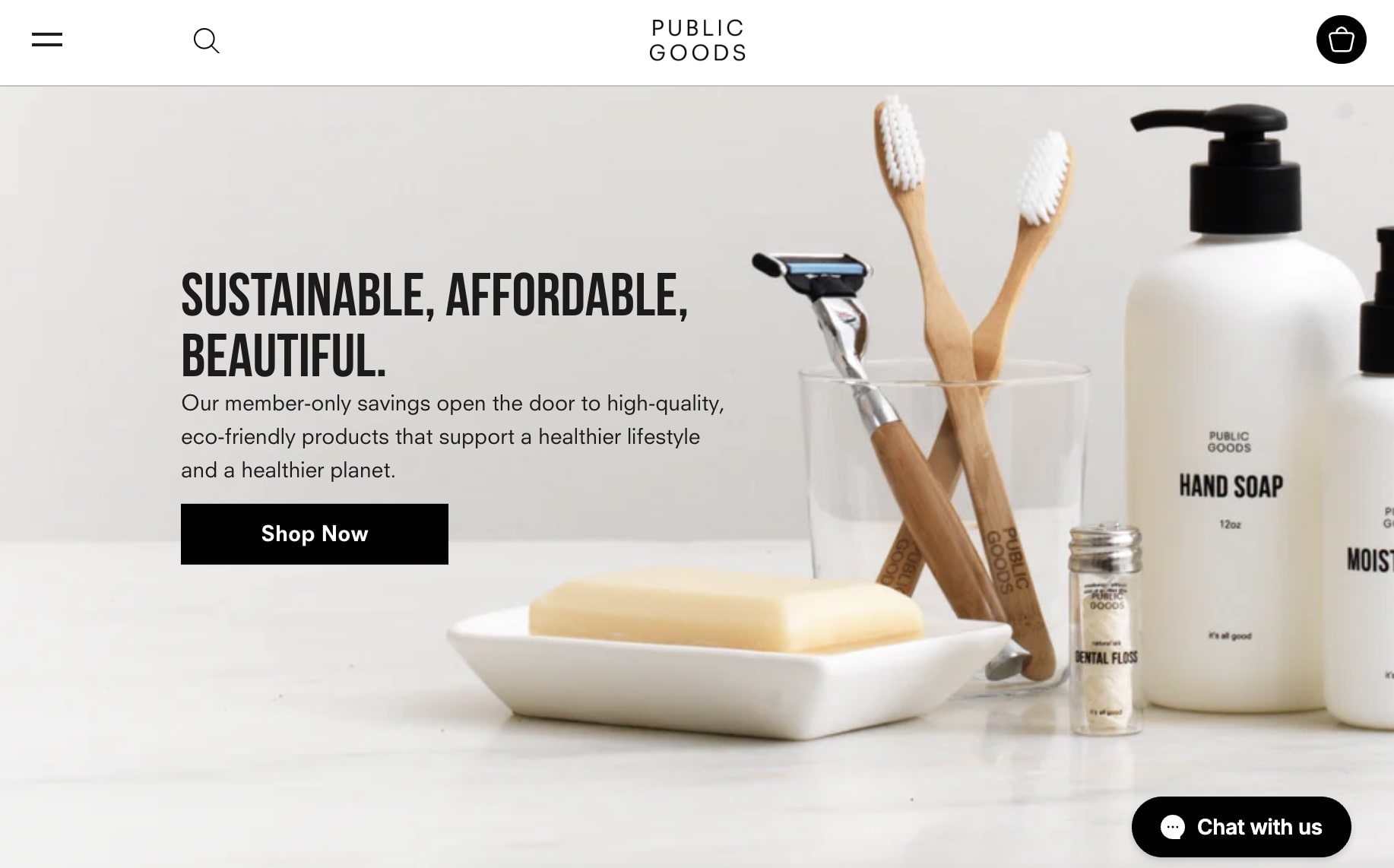
Leave a Reply